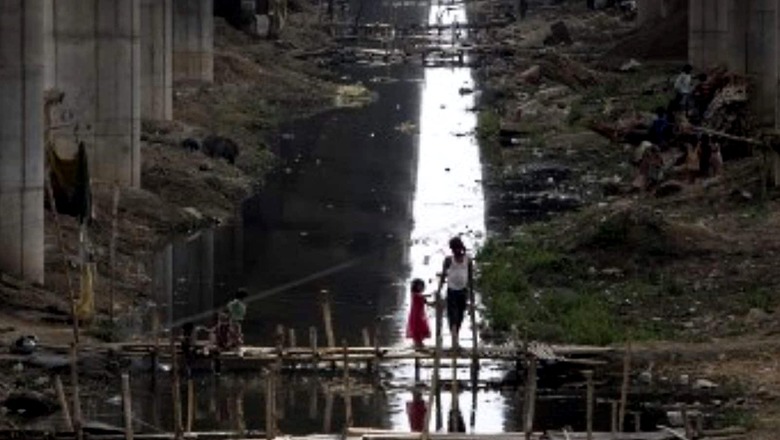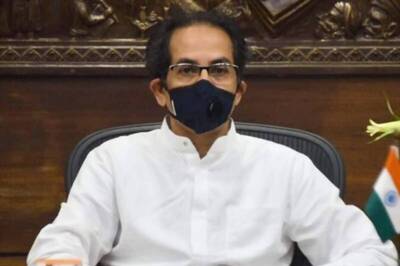
views
In a bid to detect the presence of the Sars-CoV-2 virus, the Indian Sars-CoV-2 Genomic Consortium (INSACOG) has started surveillance of sewage water at 19 different sites in 15 states.
“Sewage water surveillance started in India at 19 different sites in more than 15 states,” said Dr NK Arora, Chairperson of Covid Working Group, National Technical Advisory Group on Immunisation (NTAGI), was quoted by news agency ANI as saying on Friday.
Talking about the reason behind sewage surveillance, Dr Rajeev Jayadevan, the head of the research cell at IMA, Kochi, told India Today that the method helps detect the “presence of virus in a community before it is clinically obvious.”
“This is because the SARS-CoV-2 virus lives not only in the nose and throat but also in the gut. From the intestinal cells and from swallowed nasal or throat secretions, the virus is excreted naturally – for several days. Thus, it is a marker of prevailing infection rates,” Dr Jayadevan was quoted as saying in the report.
ABOUT SEWAGE WATER TESTING
The US CDC says sewage water testing has been successfully used as a method for early detection of other diseases, such as polio. Sars-CoV-2 can be shed in the faeces of “individuals with symptomatic or asymptomatic infection; therefore, wastewater surveillance can capture data on both types of infection”, its website says.
A section of experts believes information on the disease and its spread in a large population can be gained through wastewater sampling for the RNA of the virus. Such studies have been conducted in the US, UK, France, Italy, France and Canada, according to reports.
In February this year, a group of researchers in New York who were running tests in the city’s wastewater found that there may have been chances of a new variant of Covid-19 going unreported, according to a report by New York Times. The report highlighted that the researchers found a series of never seen before mutations which were also not reported or detected in human beings.
The researchers had no idea where these undetected variants came from or whether they possess the ability to take over the dominant strains of Covid-19. Scientists were divided as to where these mutations are coming from. The report, originally published in the Nature Communications, highlighted that a section feels that the virus is coming from people whose infections were not captured by sequencing while another section believes the lineages may be coming from virus-infected animals, with New York City’s rats being the main suspect.
Omicron In Canadian Wastewater Before Initial Detection
Researchers in Canada had said that they found the Omicron variant in Nova Scotia province’s wastewater even before the strain was reported from South Africa, according to a report by Canadian news agency National Post. Graham Gagnon, professor, and director of the Centre for Water Resource Studies had told the news agency that his team of researchers detected Omicron, retrospectively, in Nova Scotia wastewater in mid-November.
Like the researchers in New York, Gagnon’s team had been investigating wastewater from Nova Scotia’s four main treatment plants since December 2020. Researchers who probe Covid presence in wastewater highlight that wastewater often provides important clue related to how the virus is evolving, especially when testing systems face duress due to high number of cases.
Read all the Latest News India and Breaking News here



















Comments
0 comment